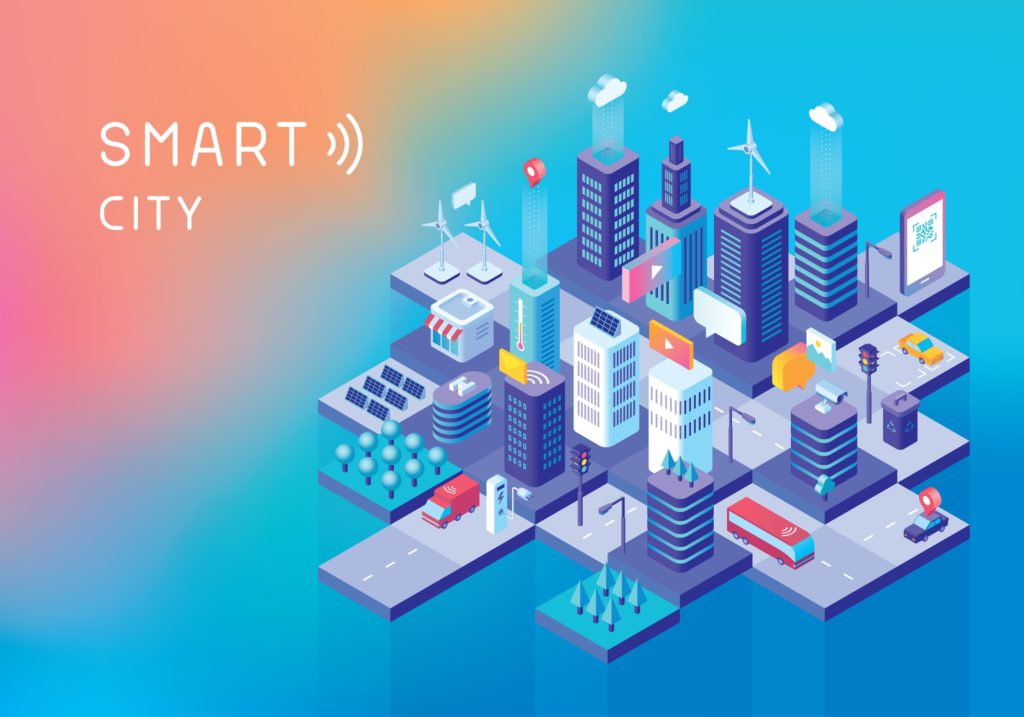
A smart city is one that incorporates the use of Information and Communication Technologies (ICT) to enhance efficiency in its urban operations. These operations include utilities, energy, and transportation. ICT also makes it easier for the city to share information with its citizens and improves the quality of government service.
A smart city aims to reduce the consumption of resources, waste, and costs, thus improving the quality of life for its citizens via smart technology.
Defining a Smart City
- Application of diverse technologies to the city and its citizenry
- Using ICT to improve the conditions of life in the city as well as the working environments
- Implanting ICT within systems of the government
- Bringing citizens and ICT together to encourage innovation
Features of a Smart City
There are some technology trends that are at the forefront of the adoption of the smart city notion. These include:
- Machine Learning
- Automation
- Internet of Things (IoT)
Transportation Smart Parking Meter
Many cities have embraced the smart parking meter which contains an app that helps drivers to find available parking spaces. This saves drivers from endlessly circling a block to find an open space. In addition, transactions are digital. Drivers no longer have to hoard coins for parking meters.
Smart Traffic Management
This form of traffic management makes it easy to manage traffic flow and takes care of the traffic jam phenomenon during the rush hour. Apps like Waze provide drivers with live updates in traffic and routes that avoid backups and delays.
Smart Public Transit
Applications for public transit are becoming more common and ensures the smooth running of public transport. Thus, the demand for public transport is met and transit systems operate efficiently and update in real-time.
Environment
Smart technology can also manage and reduce pollution in the environment. Additionally, sanitation can also be enhanced with applications such as internet-connected trash cans and IoT- backed systems for collection and disposal of waste. Sensors are also used to check water safety levels and to ensure that it's safe to drink.
Public Safety
Cameras monitor areas that are prone to crime, helping improve public safety. Also, these monitors can alert people of changes in the climate. They can sound warnings before disasters such like landslides, floods, and hurricanes strike.

